American muscle cars have always stirred the imagination with their raw power and iconic designs. From the thunderous roar of their V8 engines to their unmistakable silhouettes, these cars are not just vehicles, but symbols of an era. These are some of the most iconic V8 muscle cars that not only shaped automotive history but also captured the hearts of car enthusiasts around the world.
1969 Dodge Charger Daytona
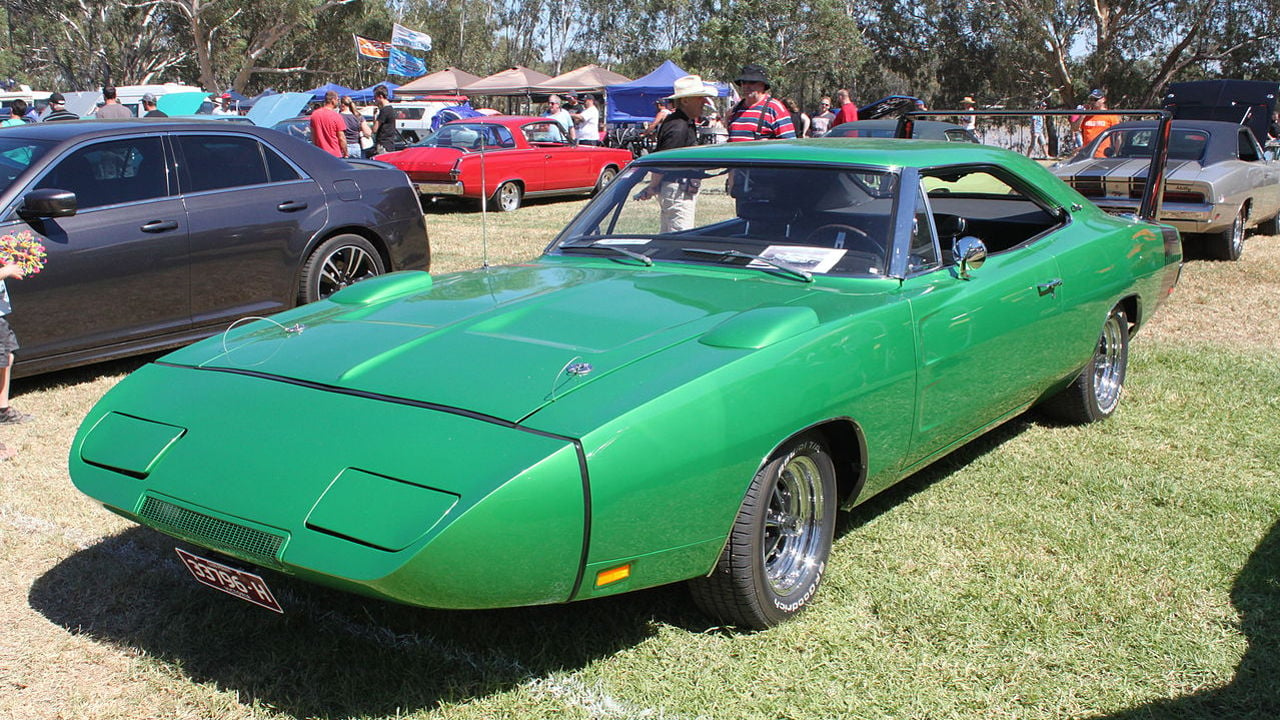
The 1969 Dodge Charger Daytona stands as a hallmark of American muscle car innovation. Born out of NASCAR’s high-speed competitions, the Daytona boasted aerodynamic enhancements that set it apart. Its large wing and pointed front nose were not just for show; they allowed it to be the first NASCAR vehicle to break the 200-mph barrier. Powered by a 426 cubic-inch V8 engine, it churned out an impressive 425 horsepower.
Today, the Daytona is revered for its racing pedigree and unique design, symbolizing a bold era in automotive history. Its influence extends beyond the racetrack, inspiring car enthusiasts with its blend of speed, power, and distinctive style.
2000 Ford Mustang FR500
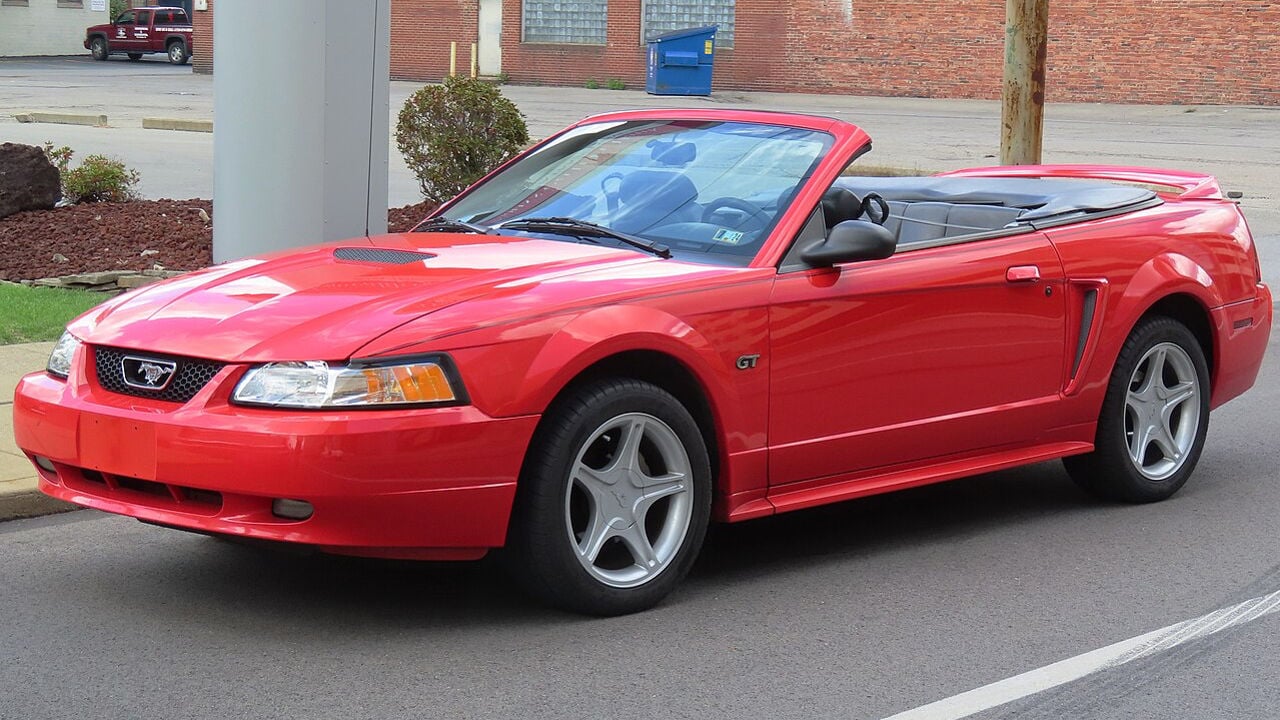
The Ford Mustang FR500 was a departure from the traditional drag-focused muscle cars, carving a niche as a serious road racer. It featured a stretched wheelbase and a custom-built 5.0-liter V8 engine, delivering 415 horsepower. This Mustang variant could compete with the likes of Ferrari in terms of acceleration, symbolizing Ford’s commitment to versatility in performance.
The FR500 set a precedent for American muscle cars on the racetrack, showing that agility and cornering prowess could coexist with raw power. It remains a testament to Ford’s innovative spirit in the realm of muscle car development.
1970 Baldwin-Motion Camaro Phase III
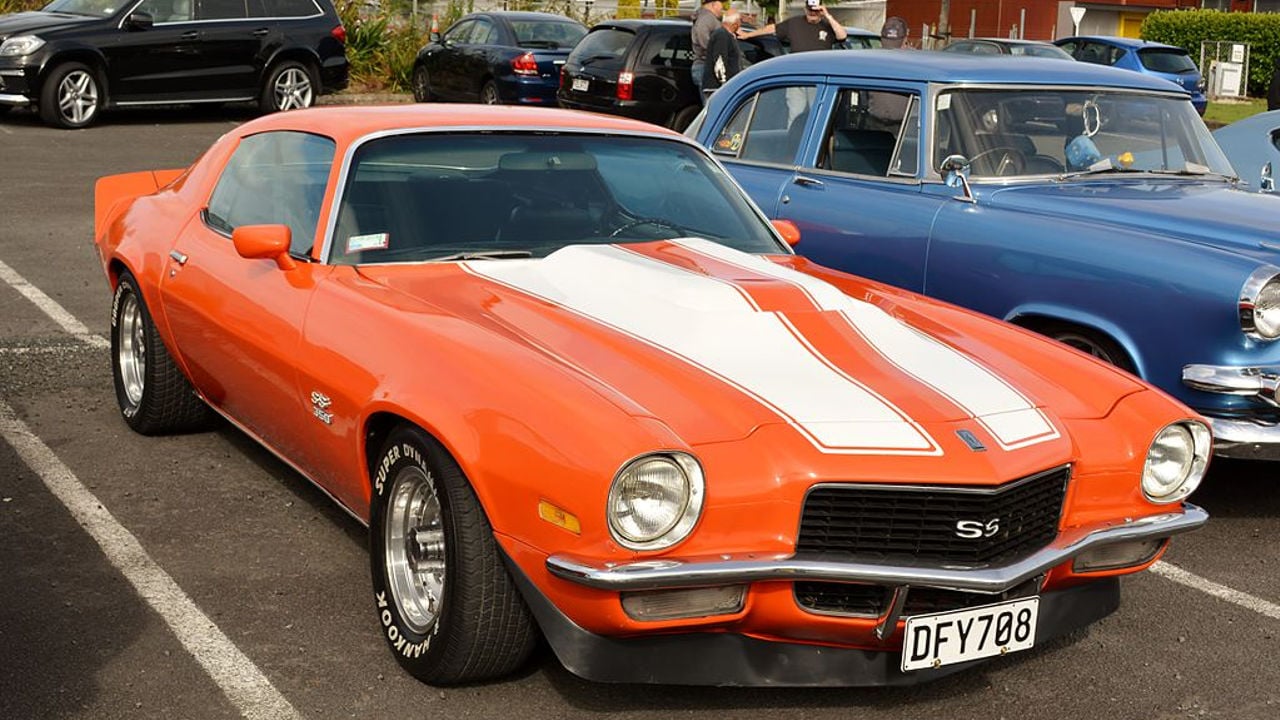
The Baldwin-Motion partnership yielded some of the most potent muscle cars of the era, and the 1970 Camaro Phase III was no exception. With a 525 horsepower 454-cid V8 engine, it promised and delivered drag racing prowess, epitomized by a guaranteed quarter-mile time of 11.50 seconds at 120 mph.
The sheer power and performance of the Baldwin-Motion Camaro Phase III made it an icon, but also led to its downfall, as environmental regulations eventually halted its production. Today, it’s remembered as a symbol of the peak of muscle car performance.
1969 Yenko S/C Chevelle
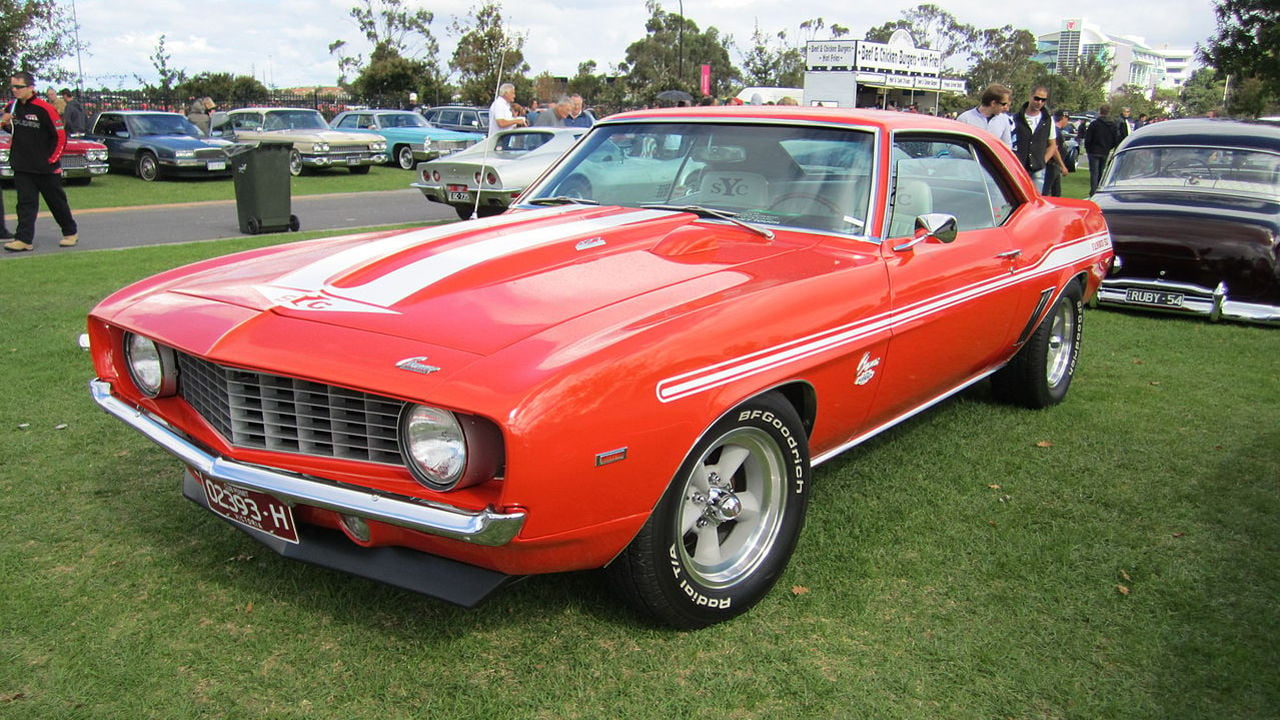
Yenko Chevrolet’s 1969 S/C Chevelle showcased the extreme capabilities of muscle cars. Utilizing Chevrolet’s COPO program, Yenko equipped the Chevelle with a 427-cid L72 V8 engine, producing an underrated 419 horsepower.
The Yenko S/C Chevelle stands as a testament to American ingenuity in muscle car production, boasting the power to compete with the fiercest vehicles of its time. Its place in automotive history is secure, representing the pinnacle of muscle car engineering.
1968 Dodge Dart Super Stock
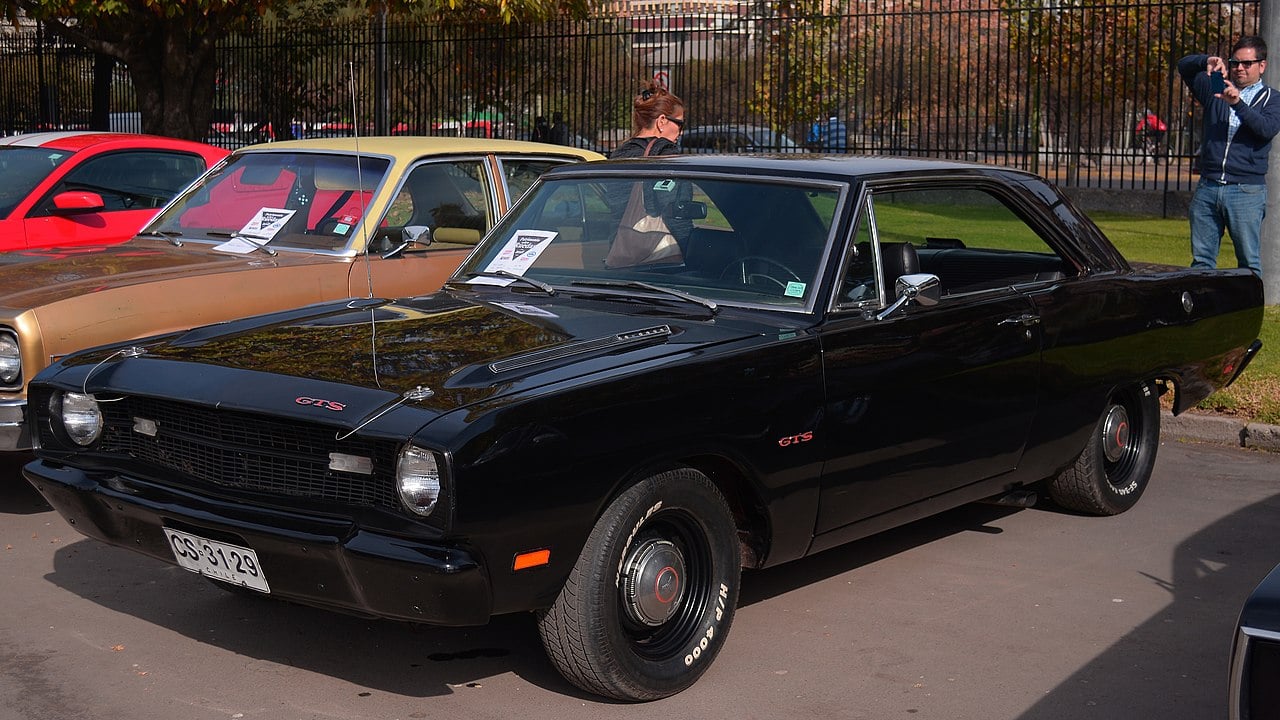
The 1968 Dodge Dart Super Stock was a testament to American muscle car simplicity and effectiveness. Modified by Hurst Performance, it featured a 426 Hemi engine, producing 425 horsepower in a stripped-down, lightweight body designed solely for drag racing.
This vehicle represents the essence of American muscle: uncompromising power and straightforward design. Its impact on drag racing culture remains significant, symbolizing the raw, unadulterated spirit of American automotive performance.
1962 Pontiac Catalina 421-SD
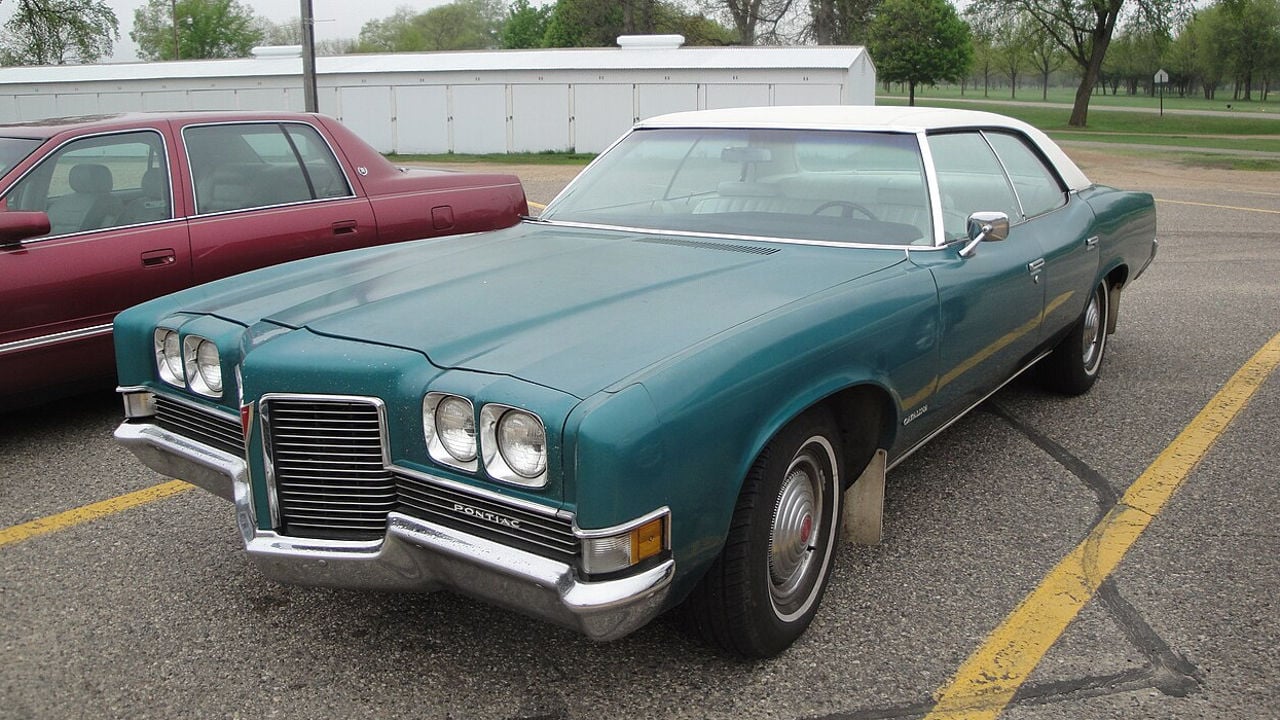
The 1962 Pontiac Catalina 421 Super Duty masked its performance under a seemingly ordinary exterior. Equipped with a 421-cid V8 engine, it was underrated at 405 horsepower but actually produced closer to 465 hp.
The Catalina 421-SD symbolizes the era when American muscle cars began to emphasize not just brute force but also a surprising level of sophistication and innovation in performance technology.
1957 Nash Rambler Rebel
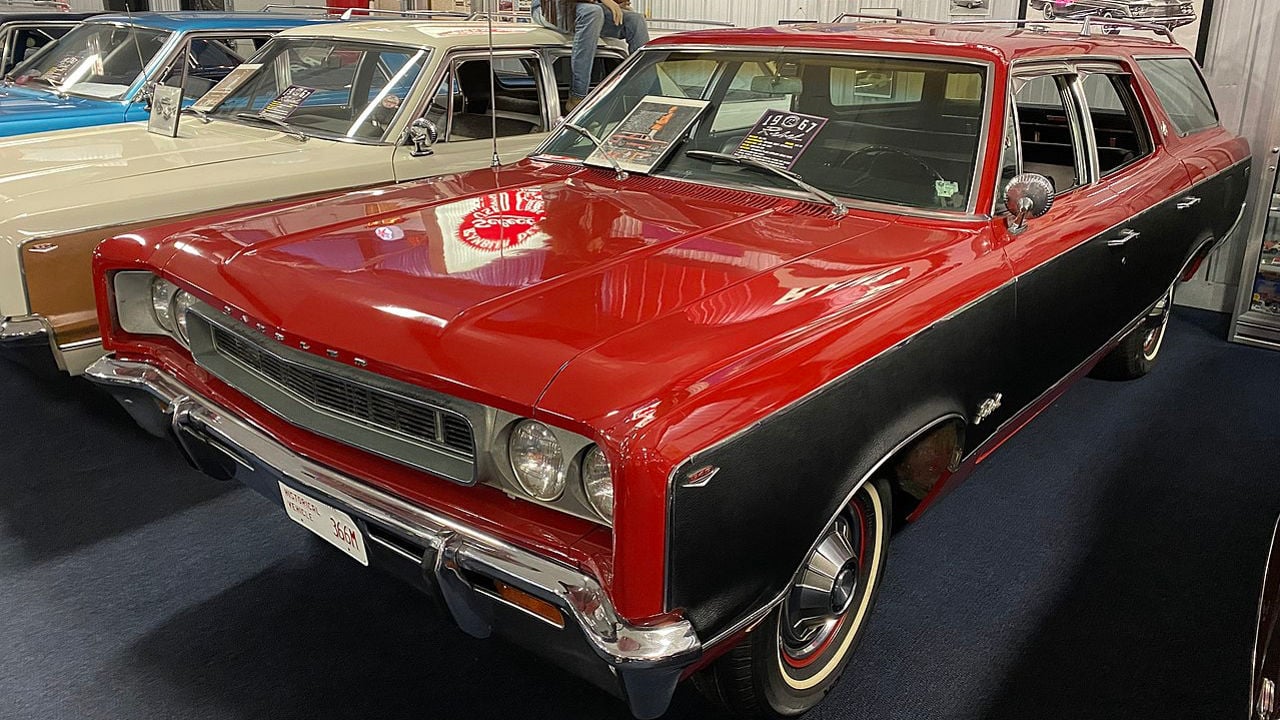
The 1957 Nash Rambler Rebel is often overlooked but crucial in the muscle car lineage. Equipped with a 327-cid V8 engine, it was a compact car that outran many larger and more powerful vehicles of its time.
The Rambler Rebel set the stage for the muscle car era, proving that smaller cars with powerful engines could deliver exceptional performance. It’s a reminder of the diversity and innovation that marked the early days of muscle car development.
1957 Chevrolet 150 “Black Widow”
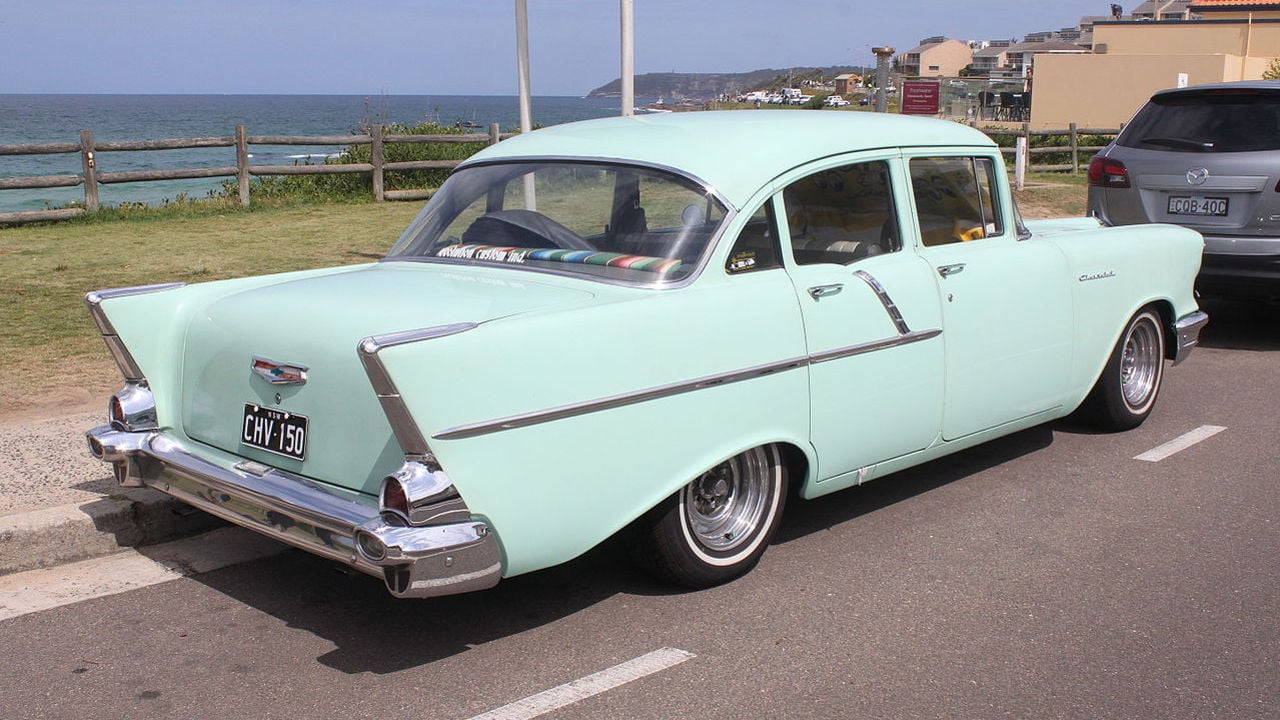
The 1957 Chevrolet 150 Black Widow was a base model transformed for racing supremacy. Engineered by Vince Piggins, it featured a 283-cid V8 engine, offering 283 horsepower in a lightweight package.
The Black Widow exemplified the muscle car’s potential on the racetrack, dominating NASCAR with its blend of power and agility. It remains a symbol of Chevrolet’s racing heritage and the potential of American muscle cars in competitive racing.
1964 Pontiac GTO
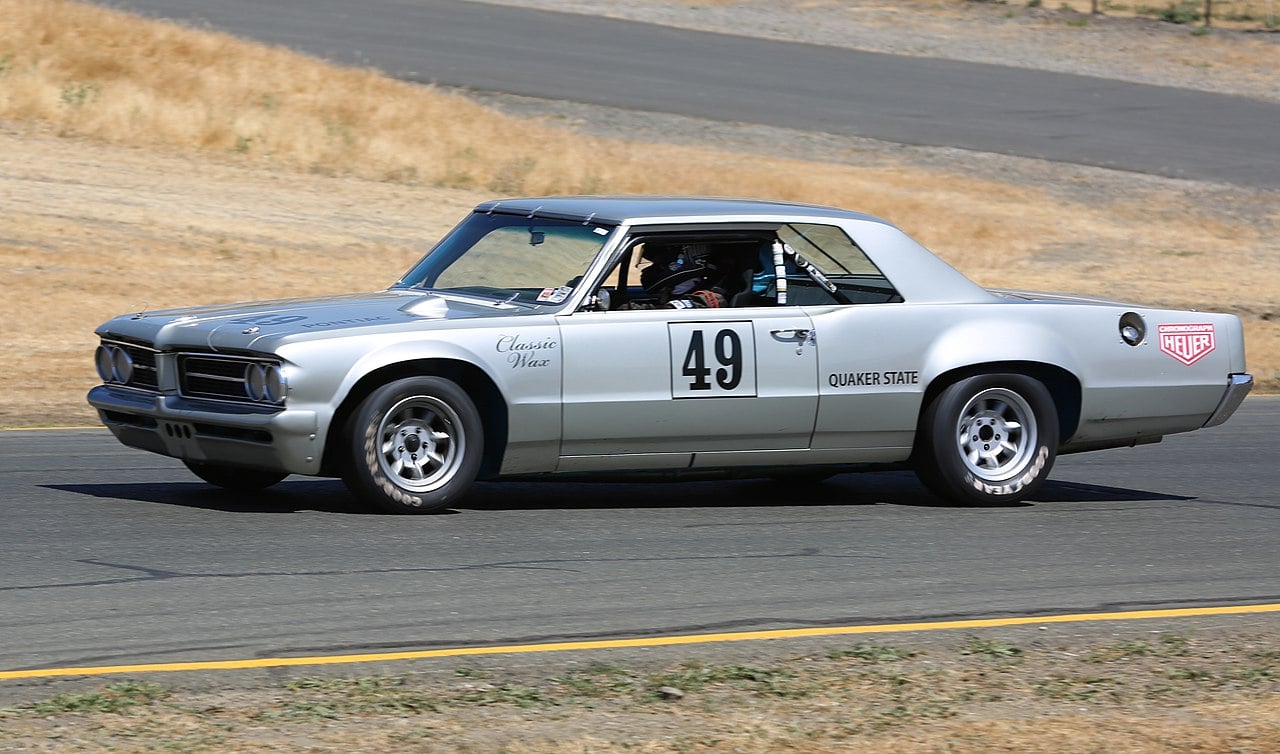
Often credited with starting the muscle car craze, the 1964 Pontiac GTO was a simple concept – a big engine in a mid-sized car. It featured a 389-cid V8 engine, delivering 348 horsepower.
The GTO sparked a revolution in American automotive culture, encouraging other manufacturers to push the boundaries of power and performance in everyday vehicles. It remains a quintessential example of the muscle car genre.
1965 Shelby GT350R
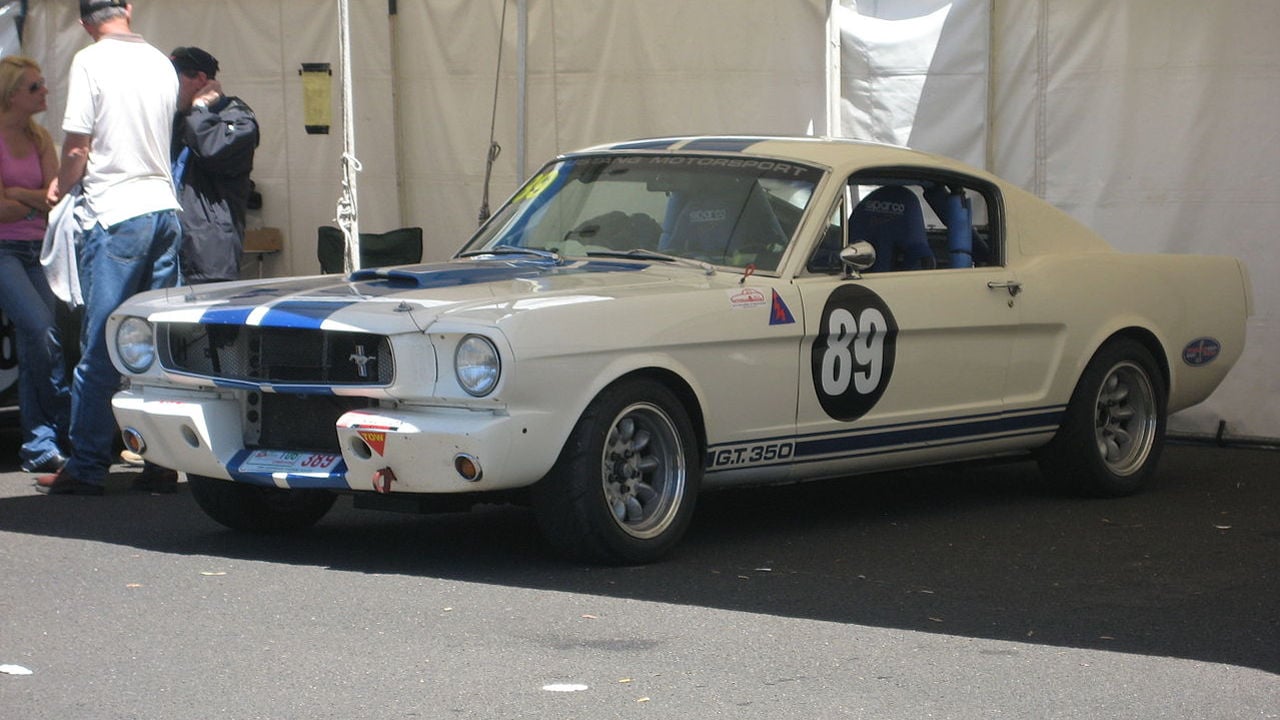
The Shelby GT350R transformed the Ford Mustang from a stylish coupe into a legitimate race car. Developed by Shelby American, it featured a 289-cid V8 engine producing 350 horsepower.
The GT350R’s success on the track helped establish the Mustang’s legacy and proved that American muscle could compete on a global scale. It remains a benchmark for American performance engineering.
1971 Plymouth Hemi Cuda
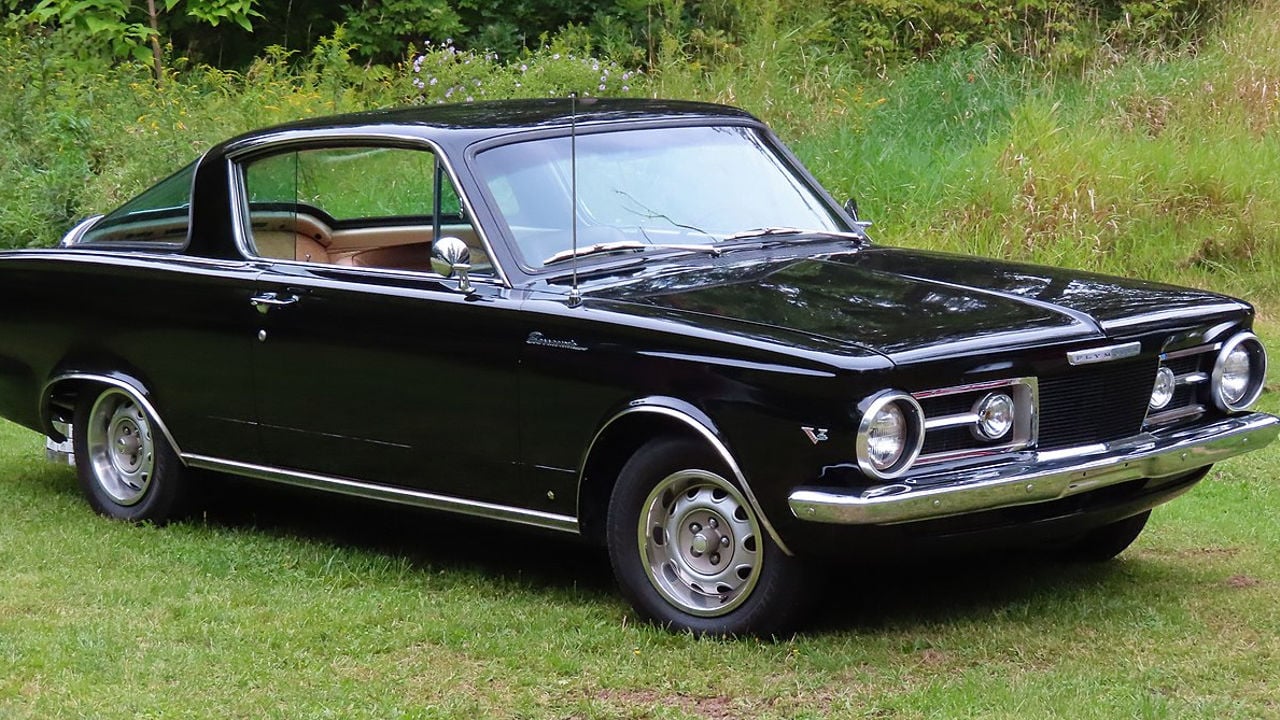
The 1971 Plymouth Hemi Cuda, with its 426 Hemi engine, represented the pinnacle of muscle car power. Known for its aggressive styling and unmatched performance, the Hemi Cuda became an icon of American muscle.
Despite limited production, the Hemi Cuda’s legacy lives on as one of the most sought-after and revered muscle cars, embodying the spirit of an era defined by speed and power.
1970 Chevrolet Chevelle SS 454
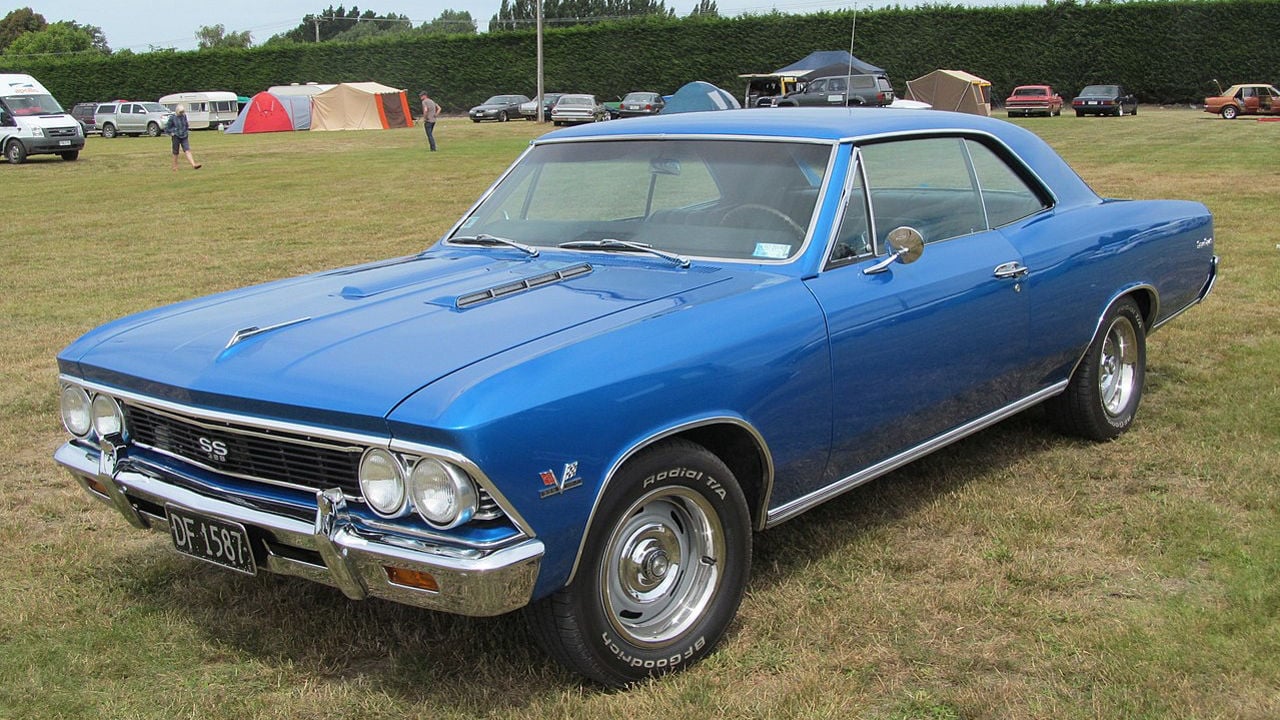
The 1970 Chevrolet Chevelle SS 454 was a beast on the road, equipped with a massive 454-cid V8 engine. It epitomized the essence of muscle cars: bold, brutish, and incredibly powerful.
The Chevelle SS 454 remains a favorite among muscle car enthusiasts, revered for its raw power and iconic design. It captures the essence of an era when horsepower ruled the streets.
1967 Ford Mustang Shelby GT500
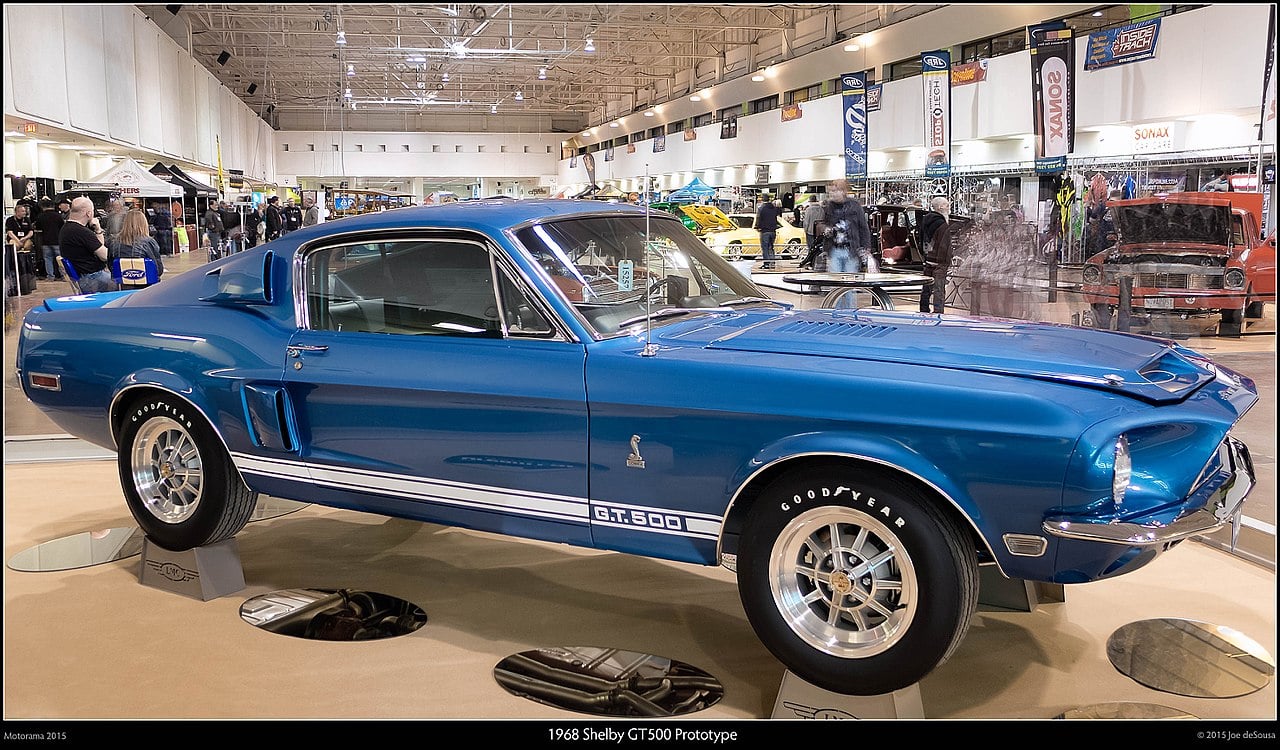
The 1967 Ford Mustang Shelby GT500 blended high performance with sophisticated engineering. With a 428-cid V8 engine, it offered an exhilarating driving experience that was both raw and refined.
The GT500 remains one of the most celebrated Mustang models, epitomizing the perfect blend of power and elegance. Its continued popularity underscores the enduring appeal of the American muscle car.
1970 Buick GSX
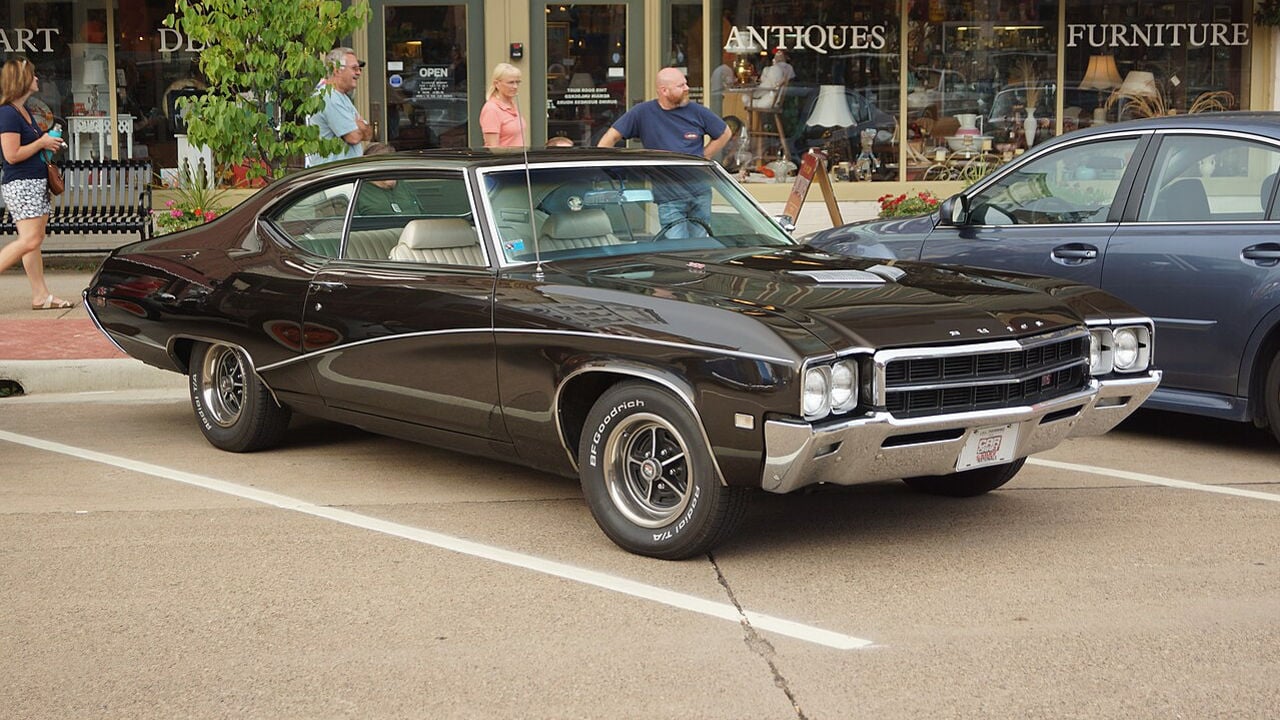
The 1970 Buick GSX is an iconic American muscle car known for its combination of luxury and performance. Powered by a potent 455 cubic-inch V8 engine, the GSX delivered 360 horsepower and 510 lb-ft of torque, making it one of the most powerful Buicks of its time. Its striking appearance, featuring bold graphics and distinctive Saturn Yellow or Apollo White paint options, further set it apart. With its robust engine and unique styling, the 1970 Buick GSX remains a sought-after classic muscle car among collectors and enthusiasts alike.
1970 Oldsmobile 442
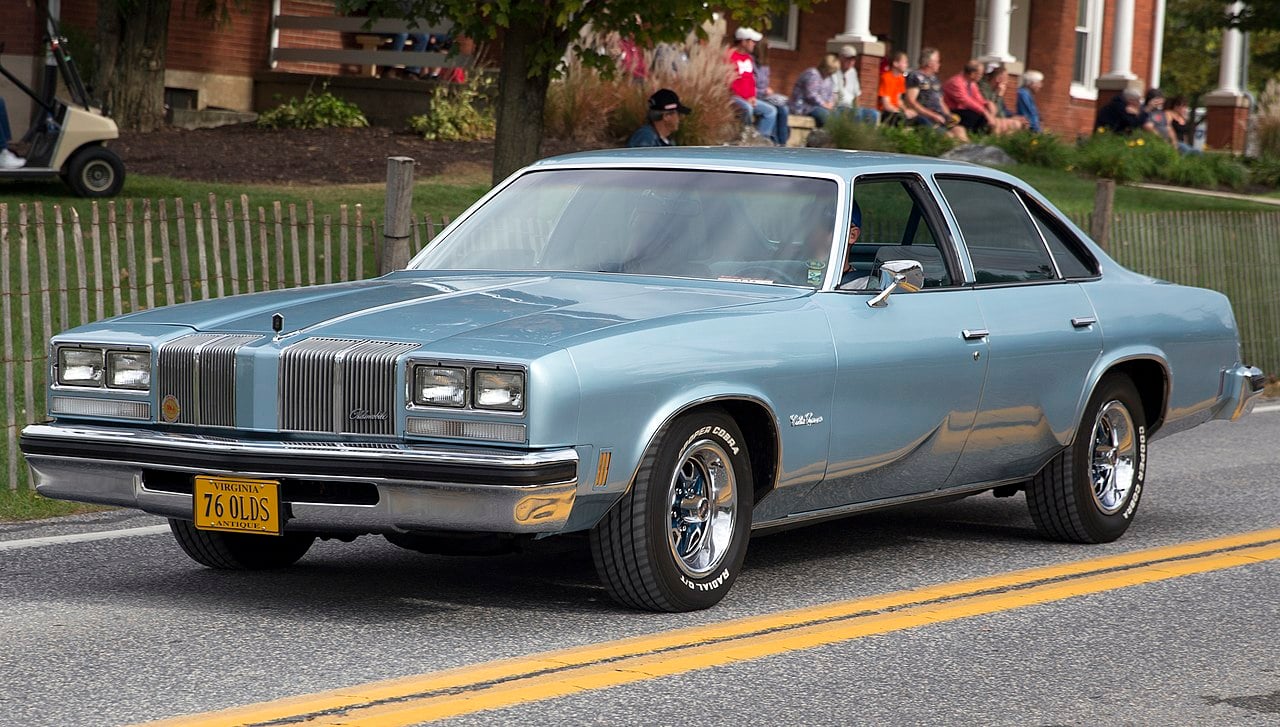
The 1970 Oldsmobile 442, short for “4-4-2” denoting its four-barrel carburetor, four-speed manual transmission, and dual exhausts, was a formidable contender in the muscle car era. It boasted a 455 cubic-inch V8 engine producing 365 horsepower and 500 lb-ft of torque, making it a force to be reckoned with on the drag strip. The 442 featured distinctive styling cues, including a distinctive grille and bold striping. It was a true embodiment of Oldsmobile’s performance heritage and continues to be celebrated as one of the classic muscle cars of the era.
1966 Chevrolet Nova SS
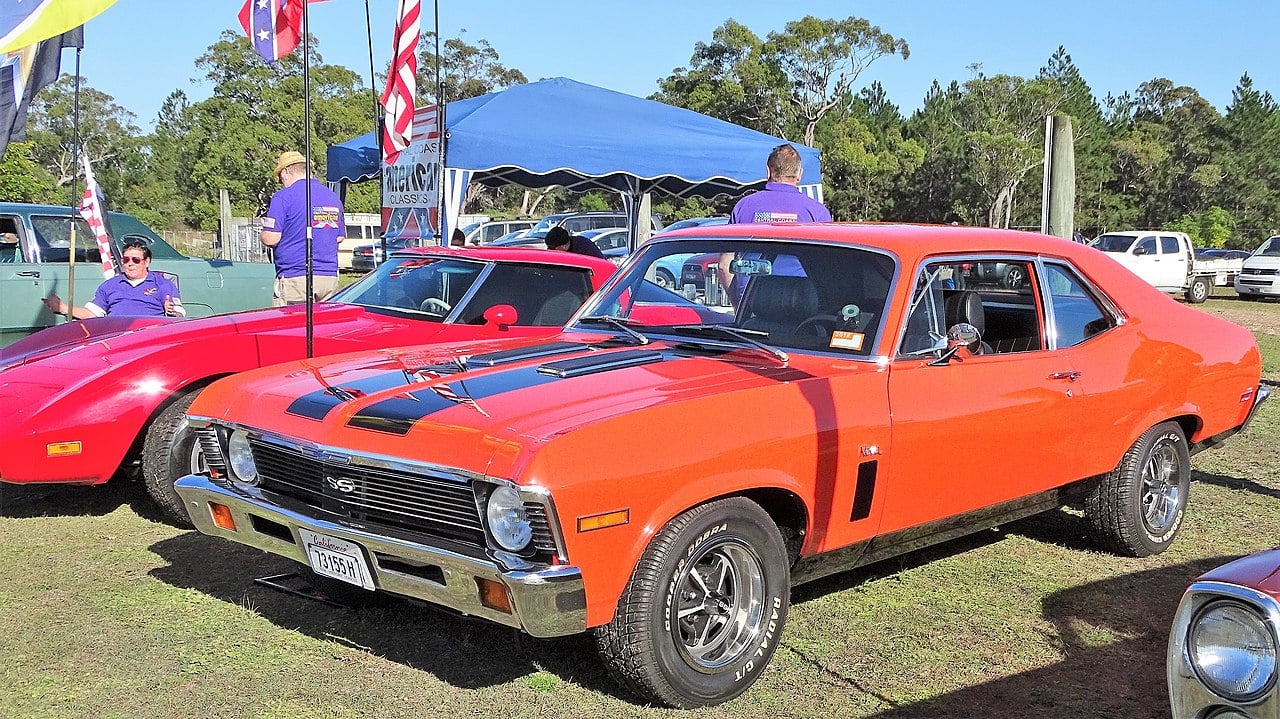
The 1966 Chevrolet Nova SS is a compact muscle car that punched above its weight class. Under its unassuming exterior lay a range of powerful V8 engines, including the potent 327 cubic-inch V8, which could produce up to 350 horsepower. Its lightweight design and impressive power-to-weight ratio made it a popular choice for drag racing enthusiasts. The Nova SS’s understated appearance belied its performance capabilities, and it earned a reputation as a sleeper on the streets. Today, it remains a beloved classic among muscle car aficionados.
1970 Dodge Super Bee
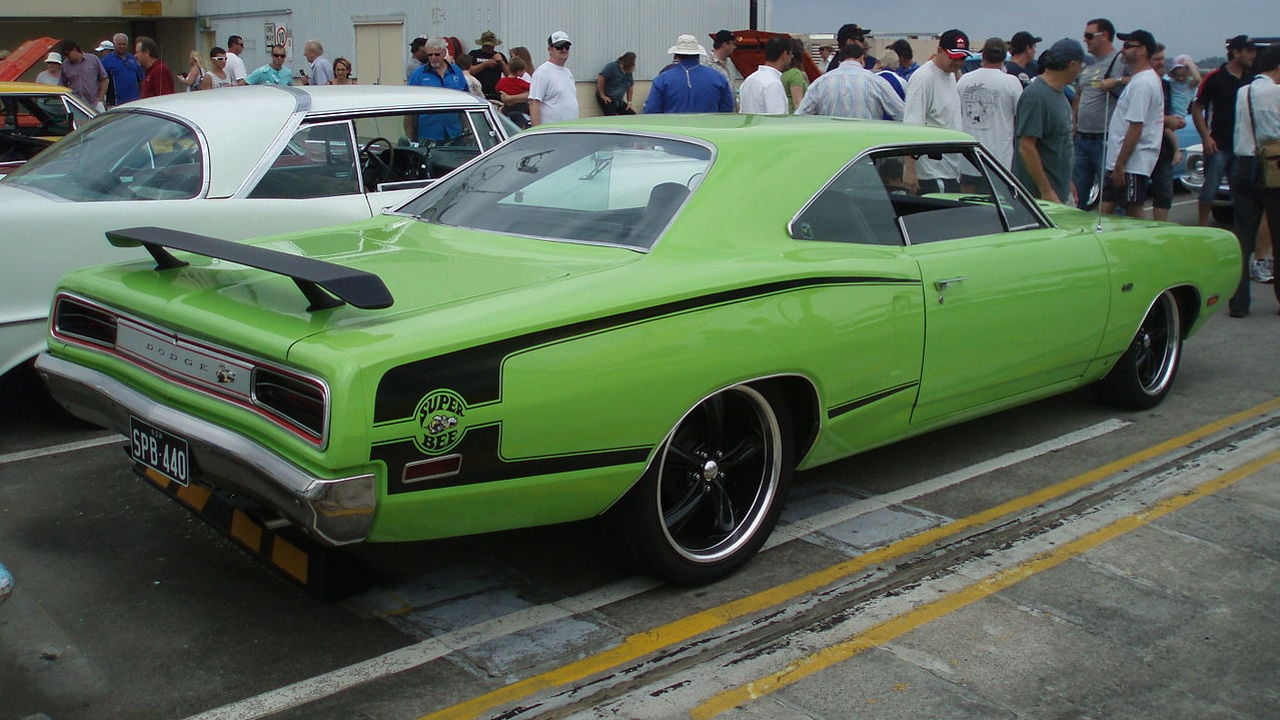
The 1970 Dodge Super Bee is an icon of the muscle car era, known for its distinctive Bumblebee stripe and high-performance options. Powered by a range of V8 engines, including the legendary 426 Hemi, the Super Bee delivered exhilarating power. With its no-nonsense design and focus on performance, it was a favorite among drag racers. The Super Bee’s combination of style and muscle has solidified its place in classic car history, and it’s highly sought after by collectors.
1969 Mercury Cougar Eliminator
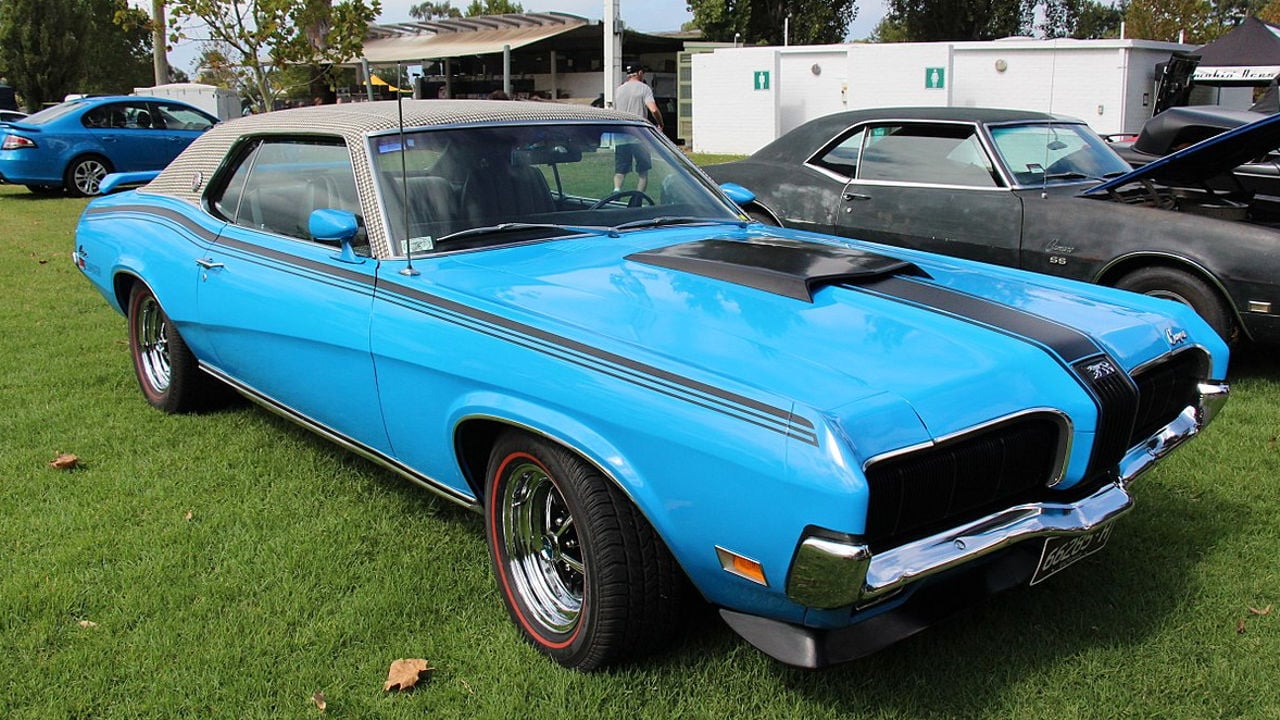
The 1969 Mercury Cougar Eliminator was Mercury’s entry into the muscle car arena. It featured a variety of high-performance engines, with the top-of-the-line version sporting a 428 cubic-inch V8. The Eliminator boasted distinctive styling cues, including bold striping and a spoiler, giving it a unique look. With its potent engines and aggressive appearance, the Cougar Eliminator was a formidable competitor on the streets and drag strips of its time. Today, it’s a rare and valuable classic muscle car.
1968 AMC AMX
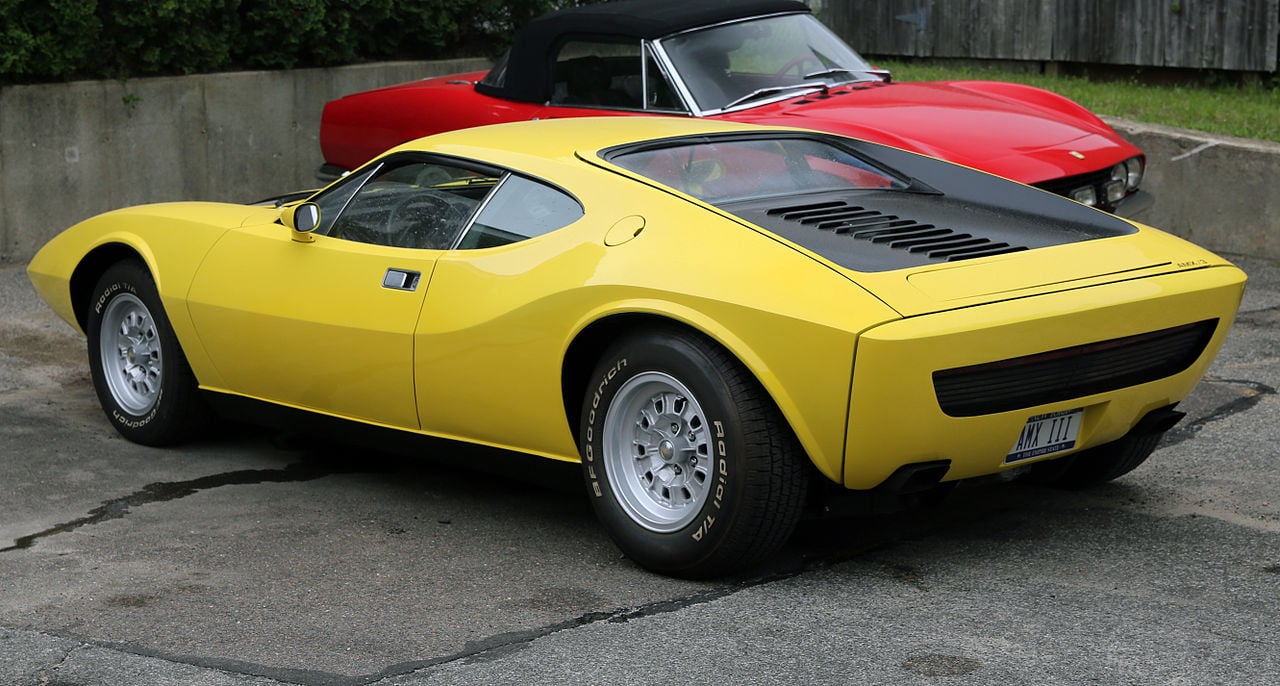
The 1968 AMC AMX was a compact and agile muscle car that packed a punch. It featured a 390 cubic-inch V8 engine that could produce up to 315 horsepower, making it one of the fastest cars in its class. The AMX’s unique two-seat design set it apart, and it was often referred to as a “corvette fighter.” Its short wheelbase and powerful engine made it a favorite among enthusiasts looking for a nimble and quick muscle car. The 1968 AMC AMX remains a distinctive and collectible classic car today.
1967 Ford Fairlane 500XL
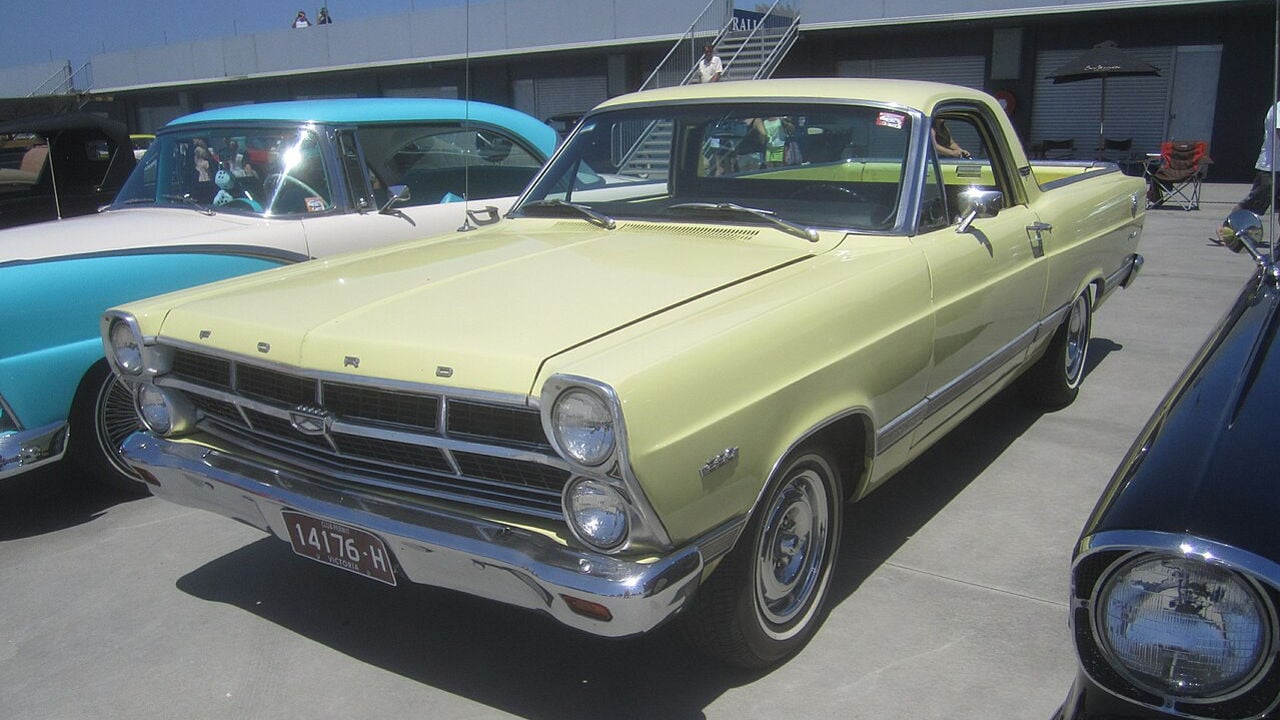
The 1967 Ford Fairlane 500XL was a mid-size muscle car that offered a blend of style and performance. It came equipped with a range of V8 engines, including the mighty 427 cubic-inch V8 that could produce up to 425 horsepower. The Fairlane 500XL featured a sleek and aerodynamic design, and it was known for its prowess on the drag strip. With its powerful engine options and striking appearance, the 1967 Ford Fairlane 500XL is a classic muscle car that has left its mark in automotive history.
1970 Chevrolet Monte Carlo SS 454
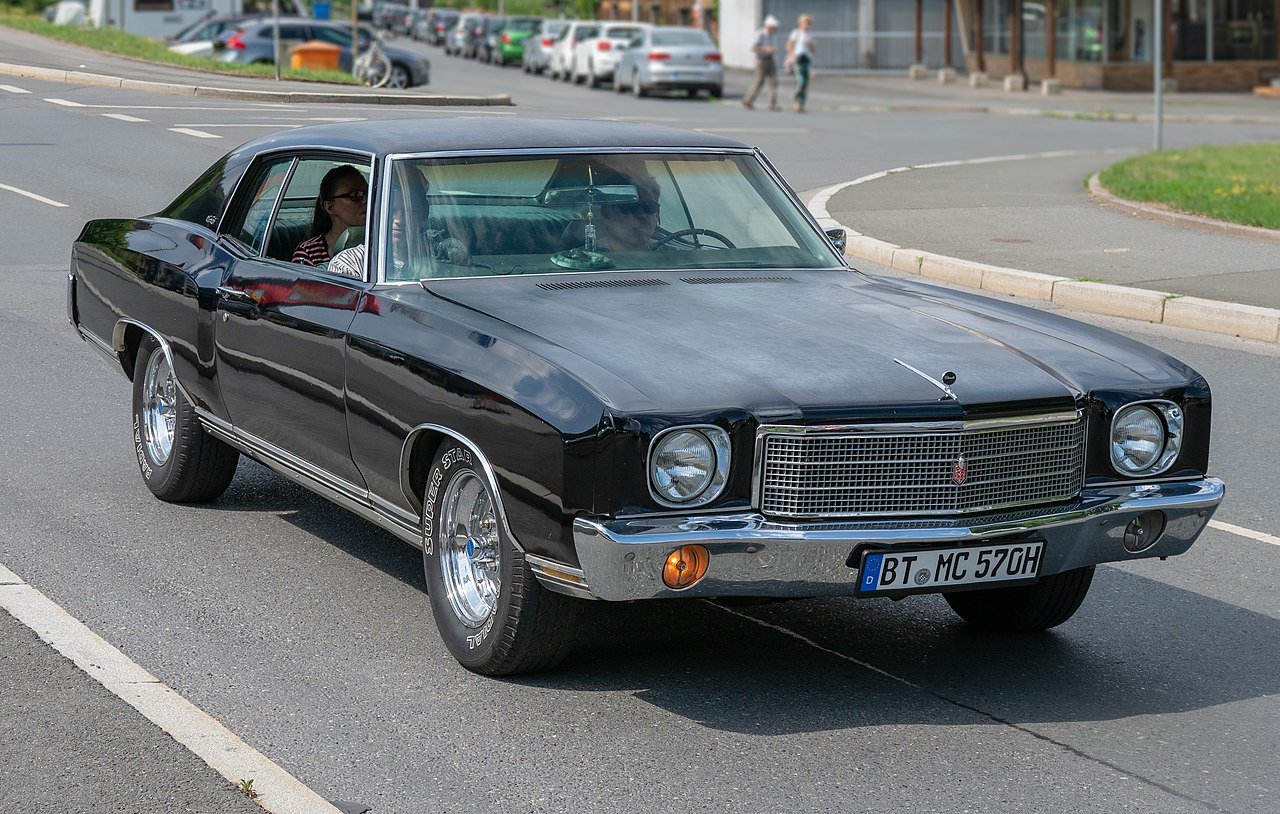
The 1970 Chevrolet Monte Carlo SS 454 combined luxury and performance in a full-size package. Under its hood lurked a massive 454 cubic-inch V8 engine generating 360 horsepower and 500 lb-ft of torque. The SS 454 version of the Monte Carlo featured distinctive SS badging and a bold front grille. It was a muscle car that offered both comfort and speed, making it a favorite among those seeking a more refined muscle car experience. The 1970 Chevrolet Monte Carlo SS 454 is a classic example of a powerful, full-size muscle car from its era.
- SEO Powered Content & PR Distribution. Get Amplified Today.
- PlatoData.Network Vertical Generative Ai. Empower Yourself. Access Here.
- PlatoAiStream. Web3 Intelligence. Knowledge Amplified. Access Here.
- PlatoESG. Carbon, CleanTech, Energy, Environment, Solar, Waste Management. Access Here.
- PlatoHealth. Biotech and Clinical Trials Intelligence. Access Here.
- Source: https://teslatale.com/v8-muscle-made-history/
